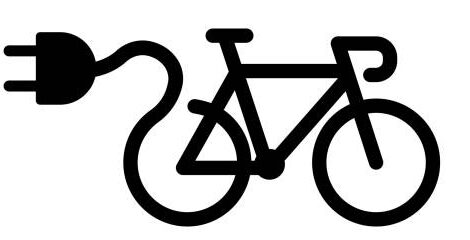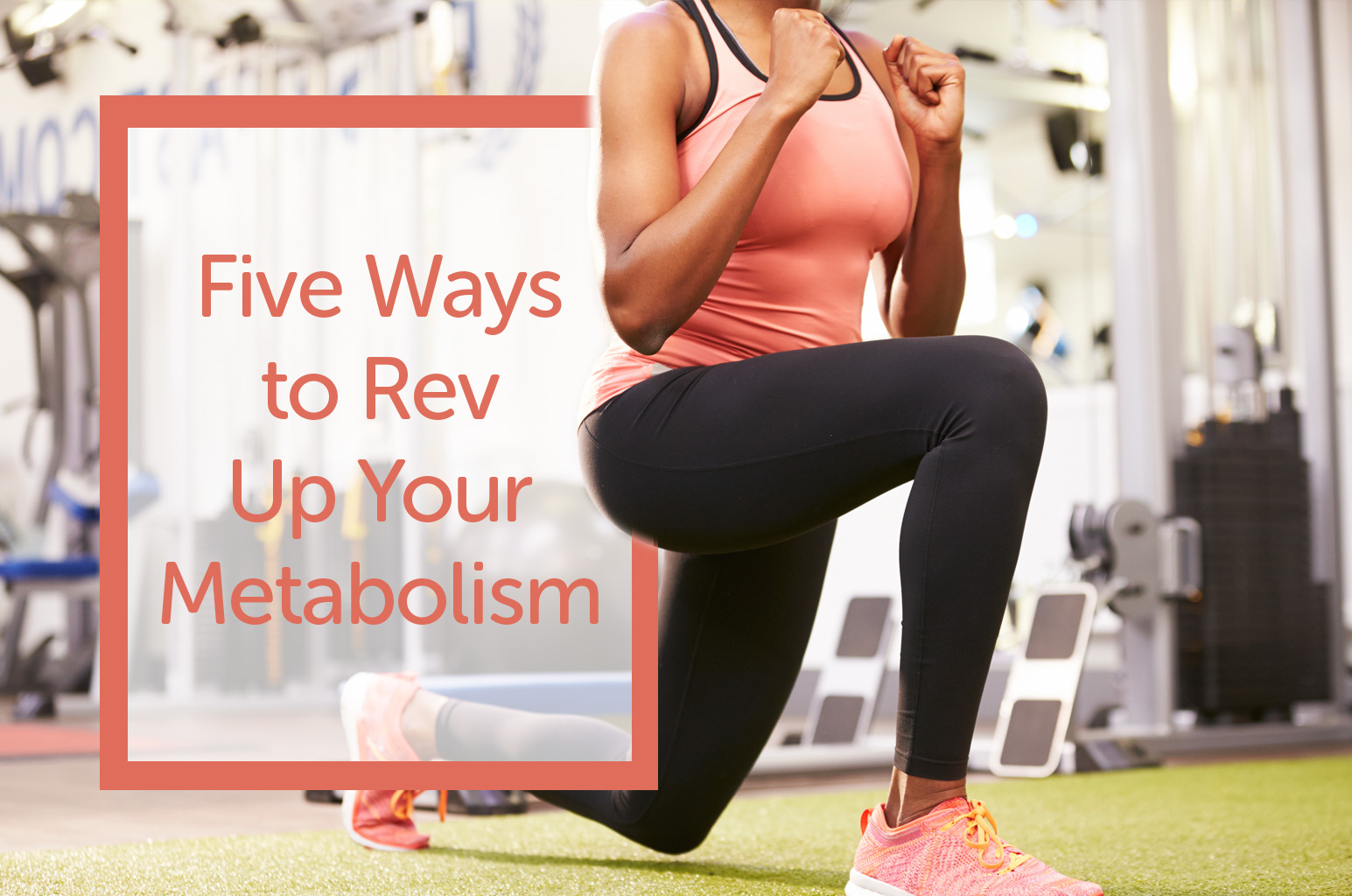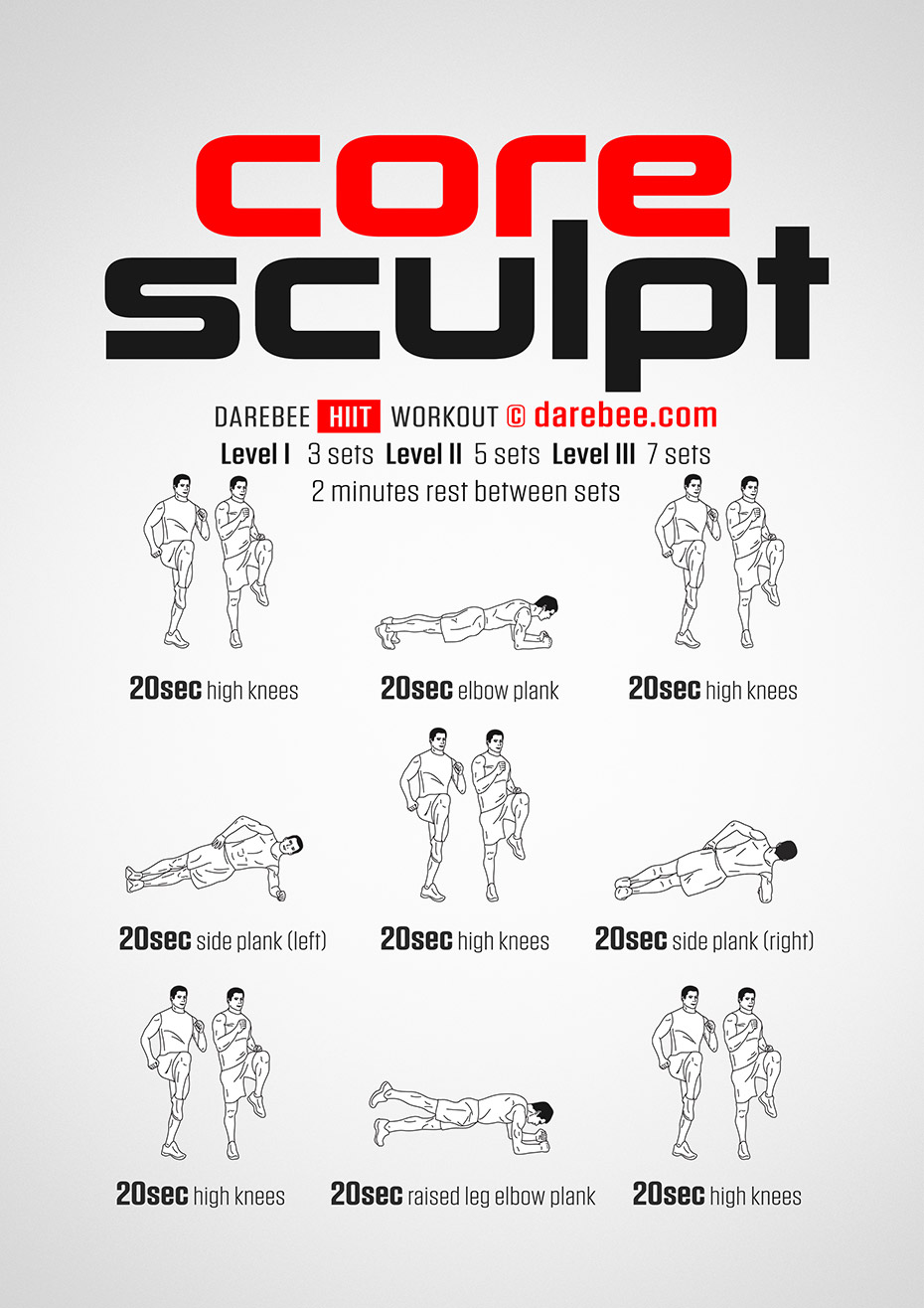Why Choose High-Intensity Interval Training (HIIT) Cycling?
The popularity of high-intensity interval training (HIIT) has surged, and for good reason. Among the various forms of HIIT, cycling stands out as a particularly effective and engaging option. The core concept of HIIT cycling involves alternating between short bursts of intense effort and brief periods of rest or low-intensity activity. This contrasts sharply with steady-state cardio, where the intensity remains relatively constant throughout the session. The benefits of HIIT cycling are numerous, making it a favorite among those seeking to maximize their workout efficiency. One of its most compelling advantages is its time-effectiveness; a HIIT cycling workout can achieve results comparable to longer, traditional cardio sessions in significantly less time. This makes it ideal for individuals with busy schedules. Moreover, the beauty of HIIT cycling lies in its adaptability. Whether you’re a seasoned athlete or just beginning your fitness journey, a HIIT cycling routine can be tailored to meet your specific fitness level, ensuring a challenging yet manageable experience. The ability to customize the intensity and duration of the intervals means that anyone can reap the rewards of this powerful training method.
Many are drawn to the benefits of HIIT cycling due to its unique ability to optimize results in minimal time. Unlike traditional steady-state workouts, which typically involve consistent effort over a longer duration, HIIT cycling employs short, intense bursts followed by rest. This approach not only makes the workout more engaging but also yields considerable health and fitness improvements. From beginners starting with short intervals to advanced athletes pushing their limits, HIIT cycling can be personalized to suit diverse capabilities. The flexibility and accessibility of this type of training make it an appealing option for various fitness goals. Its versatility allows it to be incorporated seamlessly into existing training regimens, and the benefits of HIIT cycling can be felt across a broad spectrum of physical abilities, offering an effective pathway to improved fitness and overall well-being.
Rev Up Your Metabolism: Burning Calories Long After Your Ride
The metabolic benefits of HIIT cycling extend far beyond the workout itself, making it an exceptionally efficient way to burn calories. Unlike steady-state cardio, high-intensity interval training triggers a phenomenon known as the “afterburn effect,” or Excess Post-exercise Oxygen Consumption (EPOC). This process refers to the elevated rate at which your body consumes oxygen, and therefore calories, after you’ve finished exercising. The intense bursts of effort during HIIT cycling create an oxygen deficit that your body must then work to replenish. This recovery process requires energy, meaning you continue burning calories at an accelerated rate for hours after your session. The more intense the workout, the greater the EPOC effect, thus maximizing the metabolic benefits of hiit cycling. This sustained calorie burn is a crucial factor in achieving weight loss and improving body composition. Moreover, HIIT cycling’s effect on your metabolism helps to regulate blood sugar levels and enhances insulin sensitivity, contributing to better overall metabolic health.
The unique structure of HIIT cycling, with its rapid alternation between high-intensity work and short recovery periods, forces your body to adapt and become more efficient at using energy. This not only boosts your metabolic rate during exercise but also helps to maintain an elevated metabolism over time. The benefits of hiit cycling are especially apparent when compared with traditional, longer-duration, low-intensity workouts. These steady-state activities might burn more calories during the session itself, but they typically do not produce the prolonged afterburn effect that characterizes HIIT. This means that while the immediate caloric expenditure might be lower with HIIT cycling, the overall calorie burn throughout the day tends to be greater. Ultimately, the metabolic impact of HIIT extends to improving the body’s ability to burn fat, making it an incredibly effective strategy for those looking to improve their health and fitness. The unique combination of immediate calorie expenditure and the prolonged “afterburn effect” makes the benefits of hiit cycling a powerful tool for optimizing metabolism.
Boost Your Cardiovascular Health: A Powerful Heart Workout
The advantages of HIIT cycling extend significantly to cardiovascular health, offering a powerful workout for the heart and circulatory system. High-intensity interval training on a bike is not just about burning calories; it’s a strategic approach to enhancing the very foundation of your physical well-being. Engaging in HIIT cycling leads to notable improvements in heart rate variability, a key indicator of a healthy and resilient cardiovascular system. A higher heart rate variability suggests that your heart can adapt more efficiently to stress and different demands placed upon it. Furthermore, consistent HIIT cycling sessions can contribute to lowering blood pressure, reducing the strain on your arteries and decreasing the likelihood of developing hypertension. This combination of improved heart rate variability and reduced blood pressure substantially diminishes the risk of developing cardiovascular diseases such as heart disease and stroke. The powerful effects of HIIT cycling make it a vital tool for anyone seeking to boost their cardiovascular health and overall well-being. The intense bursts of effort during HIIT push your heart to work harder, making it stronger and more efficient over time. Regular practice of HIIT cycling can result in a heart that pumps blood more effectively, delivering oxygen and vital nutrients throughout your body more easily.
Beyond the immediate workout, the long-term benefits of hiit cycling are considerable for maintaining a robust cardiovascular system. By challenging your heart and blood vessels in a structured manner, you are essentially training them to perform optimally, and this type of training translates to everyday life, allowing you to perform everyday tasks with greater ease and less strain on your cardiovascular system. Individuals who incorporate HIIT cycling into their regular fitness routine often experience a noticeable improvement in their overall cardiovascular fitness. This includes a higher capacity to endure physical activities without experiencing fatigue and a quicker recovery time after exertion. The systematic approach to fitness that HIIT cycling provides means you don’t just get fit, you get healthy, with benefits reaching beyond mere calorie burning. The advantages of hiit cycling are clear for those seeking to improve their heart health.
Sculpt Your Legs and Core: Targeted Muscle Building
The benefits of hiit cycling extend beyond cardiovascular health; it also serves as a potent tool for sculpting and strengthening key muscle groups. High-intensity interval training on a bike is not just about burning calories; it’s an effective way to engage and build muscle, particularly in the lower body. As you push through those intense intervals, your quadriceps, hamstrings, and calves are actively working, leading to muscle hypertrophy and increased strength. This targeted muscle engagement contributes to improved leg definition and overall lower body power. Unlike steady-state cardio, which primarily focuses on endurance, the explosive nature of HIIT cycling recruits muscle fibers more intensely, promoting both strength and size gains. These benefits of hiit cycling are advantageous whether you’re aiming for athletic performance or simply a more toned physique. The continuous push and pull action against the resistance of the bike, or your own body when outdoors, creates the necessary stimulus for muscle growth. Additionally, the dynamic movement required for cycling also engages the core muscles, providing a subtle but effective core workout, stabilizing the torso and contributing to better balance and posture.
Furthermore, when incorporated with a balanced fitness regimen that includes resistance training, the benefits of hiit cycling are amplified, leading to more significant muscle development. The increased metabolic rate that results from HIIT workouts further promotes lean muscle gain, improving overall body composition. While the emphasis may be on the leg muscles, the core engagement is a crucial element of the workout, leading to a stronger midsection over time. It is not just about pedaling; it is about using your core to maintain your balance, which in turn promotes muscle growth. The combination of lower body strengthening and core stability makes HIIT cycling a very efficient workout. It efficiently works multiple muscle groups simultaneously, making it a time-saving and very valuable choice for people seeking a full-body workout with a particular emphasis on leg and core muscle development. The benefits of hiit cycling, in terms of muscle building, are an often-overlooked advantage that deserves recognition.
Enhance Your Endurance: Improved Stamina and Performance
One of the surprising benefits of HIIT cycling is its impact on endurance. While seemingly counterintuitive, the intense bursts of effort followed by periods of recovery actually improve both anaerobic and aerobic capacity. Anaerobic capacity refers to the body’s ability to produce energy without oxygen, crucial for short, high-intensity efforts. HIIT cycling significantly boosts this capacity, leading to increased power output during intense intervals. Simultaneously, the recovery periods allow for aerobic improvements, enhancing the body’s ability to utilize oxygen efficiently, benefiting longer-duration activities. This dual improvement translates to better performance not only in HIIT cycling sessions themselves but also in longer rides and other endurance-based activities. The benefits of HIIT cycling extend beyond immediate improvements, contributing to a long-term enhancement of stamina and overall athletic performance. Regular HIIT cycling workouts can significantly improve cardiovascular fitness, contributing to enhanced endurance and better performance. Understanding the benefits of HIIT cycling helps cyclists optimize training and achieve peak performance.
The mechanism behind this endurance enhancement lies in the body’s adaptation to stress. HIIT cycling creates a physiological stress response, prompting adaptations such as increased mitochondrial density (the powerhouses of the cells responsible for energy production). These adaptations lead to more efficient energy production and utilization, resulting in increased endurance. Furthermore, HIIT training improves the body’s lactate threshold, the point at which lactic acid buildup leads to fatigue. A higher lactate threshold means one can sustain high-intensity efforts for longer periods. This translates to improved performance in various endurance activities, from longer cycling rides to running or swimming. This makes HIIT cycling a valuable tool for athletes looking to boost their performance in diverse endurance sports. The multifaceted benefits of HIIT cycling contribute to a significant increase in overall fitness and athletic capabilities, demonstrating its effectiveness as a valuable training modality.
In summary, while HIIT cycling is characterized by high-intensity bursts, it surprisingly leads to remarkable improvements in endurance. By enhancing both anaerobic and aerobic capacities, it improves performance in various endurance activities. The unique physiological adaptations stimulated by HIIT cycling result in better stamina and a higher lactate threshold, ultimately boosting athletic performance. The benefits of HIIT cycling for endurance are a compelling reason to incorporate this training method into any fitness routine aiming for enhanced stamina and performance. This powerful training method offers a range of benefits, including enhanced cardiovascular fitness, improved strength, and surprisingly, improved endurance capabilities. The benefits of HIIT cycling make it a versatile and effective training modality for athletes of all levels.
How to Design Your Own HIIT Cycling Workout: A Step-by-Step Guide
Designing a personalized HIIT cycling workout is easier than you might think. The key is to understand the work-to-rest ratio and adjust it to your fitness level. A common starting point for beginners is a 1:1 ratio, meaning 30 seconds of high-intensity cycling followed by 30 seconds of rest or low-intensity cycling. This allows for sufficient recovery while still delivering the benefits of HIIT cycling. More advanced individuals might increase the work interval to 45 seconds or even a minute, while maintaining a shorter rest period. Remember to always prioritize proper form over speed, ensuring smooth pedaling and controlled breathing throughout each interval. The total workout duration can also be adjusted based on time constraints and fitness goals. For example, a beginner workout might consist of four to six rounds of this 30-second high-intensity/30-second low-intensity pattern, while a more experienced cyclist could aim for eight to ten rounds or more, experiencing the significant benefits of HIIT cycling. The benefits of HIIT cycling are significant for all fitness levels, making it a versatile and effective workout.
To maximize the benefits of HIIT cycling, consider incorporating variations in intensity and resistance. During the high-intensity intervals, push yourself to a level where you’re breathing heavily and feeling challenged, but still able to maintain good form. During the rest intervals, you can either completely stop pedaling or maintain a very low resistance, focusing on controlled breathing and recovery. The beauty of HIIT cycling is its adaptability. Whether you’re using a stationary bike at the gym or enjoying the outdoors, the principles remain the same. If using a stationary bike, adjust the resistance to control the intensity level. For outdoor cycling, you can vary the intensity by changing your speed and gear selection, incorporating hills or flat surfaces, or even finding an appropriate outdoor route for your workout. By tailoring your workout to your specific environment and fitness level, you can unlock the full potential of HIIT cycling’s numerous benefits. Remember that consistent effort is key to reaping the numerous benefits of HIIT cycling.
Regardless of your chosen method, remember to start slowly and gradually increase the intensity and duration of your workouts over time. Listen to your body, and don’t hesitate to take extra rest when needed. Proper warm-up and cool-down routines are also crucial for injury prevention and optimal performance. A dynamic warm-up, such as light cardio and stretching, should precede your HIIT session, preparing your muscles for the intense work ahead. After your HIIT workout, a cool-down consisting of gentle stretching helps your body gradually return to a resting state. Incorporating these practices alongside your planned intervals will help you experience the full benefits of HIIT cycling while minimizing the risk of injury and maximizing your enjoyment of the workouts. The remarkable benefits of HIIT cycling become even more apparent with consistent practice and proper technique.
Conquer Your Fitness Goals: Weight Loss and Beyond
The benefits of HIIT cycling extend far beyond a simple workout; it’s a powerful tool for achieving a wide array of fitness aspirations. For individuals seeking weight loss, the high-intensity nature of HIIT cycling makes it exceptionally effective at burning calories, promoting a calorie deficit that contributes to fat reduction. Beyond the scale, the advantages of HIIT cycling include improvements in body composition. The combination of intense bursts and brief recovery periods stimulates muscle growth while simultaneously reducing body fat. This dual action enhances a physique that is both leaner and stronger, more effectively altering body composition than steady-state cardio alone. The versatility of HIIT cycling allows for a personalized approach, adapting to various goals and fitness levels. Whether the aim is to shed pounds, build muscle, or simply enhance overall fitness, the adaptable nature of HIIT allows you to modify the intensity, duration, and frequency of your sessions to align with your specific targets. The benefits of HIIT cycling are not confined to weight loss; they extend to overall well-being and athletic performance, making it a holistic approach to fitness.
Furthermore, the improvements in cardiovascular health and endurance gained through consistent HIIT cycling sessions translate to an enhanced ability to participate in other physical activities. Increased stamina enables you to perform better in any endurance activity, whether it’s running a marathon, swimming laps, or playing sports. The capacity to sustain prolonged efforts at a higher intensity level, is a key advantage directly attributable to a consistent HIIT cycling plan. Additionally, the mental fortitude developed through pushing your limits during HIIT sessions can have a positive spill-over effect into other areas of life, fostering resilience and the ability to tackle challenges with greater confidence. The benefits of HIIT cycling impact various dimensions of your fitness journey. Incorporating this type of exercise into a routine helps to conquer weight loss goals, improve body composition, achieve higher levels of overall fitness, and promote a more active, healthier lifestyle.
Getting Started Safely: Tips and Precautions for Beginners
Embarking on a HIIT cycling journey offers remarkable benefits of hiit cycling, but it’s crucial to prioritize safety, especially when starting. A proper warm-up is not just suggested, it’s essential. Before your high-intensity intervals, dedicate 5-10 minutes to light cardio, like gentle cycling or dynamic stretches. This primes your muscles for the workout ahead, reducing the risk of strains or injuries. Remember, your body is your best guide. Listen carefully to its signals and don’t hesitate to modify the intensity or duration if you feel discomfort. It’s far better to start slower and gradually build up than risk overexertion. Likewise, after your HIIT session, a cool-down period of 5-10 minutes is equally important, allowing your heart rate to return to normal and aiding in muscle recovery. Incorporate static stretches, holding each for 30 seconds, targeting the major muscle groups used during cycling, especially those in the legs and core, which maximizes the benefits of hiit cycling.
One of the most impactful benefits of hiit cycling is that it can be adapted to your fitness level, but it’s vital to progress gradually. Begin with shorter high-intensity intervals and longer recovery periods. As your fitness improves, you can slowly adjust the ratio of work to rest. For instance, if you begin with 30 seconds of high-intensity effort followed by 60 seconds of recovery, you can eventually reduce the rest period to 30 seconds. Whether you’re using a stationary bike or cycling outdoors, ensure your equipment is properly adjusted and functioning correctly. Correct bike setup, including seat height and handlebar position, is crucial for comfort and to prevent strain. Newcomers to intense training should also be aware of the potential for post-exercise soreness and be ready to factor in rest and recovery between sessions. Lastly, it is highly advisable to consult with a healthcare provider, especially if you have underlying health conditions, before beginning any new fitness regimen, including the benefits of hiit cycling. A healthcare professional can provide personalized advice and ensure it’s the right choice for you.




